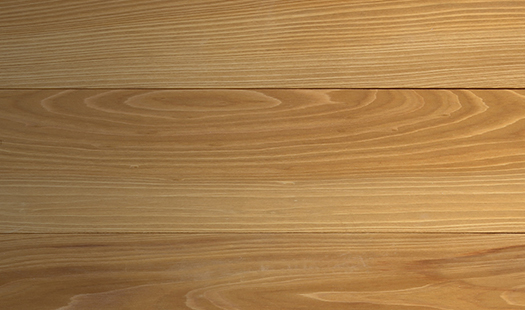The mildew odor of mold is not created by mycotoxins.
Orange fungus wood siding.
In the past he had used oil based wood stain products but found the mold and mildew returning within a few years each time.
In spite of the disconcerting name the dangers of poisonous mold and mildews are often over emphasized.
The fungus grows by consuming wood fiber and the wood becomes soft and punky.
Orange fungus wood siding.
Wood in the floor and especially in the ceiling above the stove are vulnerable to orange mold growth.
Regular looking mold is disgusting enough but slimy orange mold is more disgusting.
Organic mulches are used because they can improve the appearance of an area conserve soil moisture suppress weeds and regulate soil temperature.
Fungus repair on wood.
Finally your kitchen is a hotbed for orange mold growth.
Now the cleaned and brightened cedar wood siding is ready to stain.
Cedar siding after mold removal cleaning and brightening.
Orange fungus growing in mulch.
The particular worry over the hazardous mold and mildews is because of that these molds could produce mycotoxins unique chemicals that might be harmful.
Attics are also havens for orange mold growth because they collect warm air and moisture that rises from the rest of the house and they usually have exposed rafters.
Fungus is the cause of dry rot which is one of the most serious defects that wood can develop.

